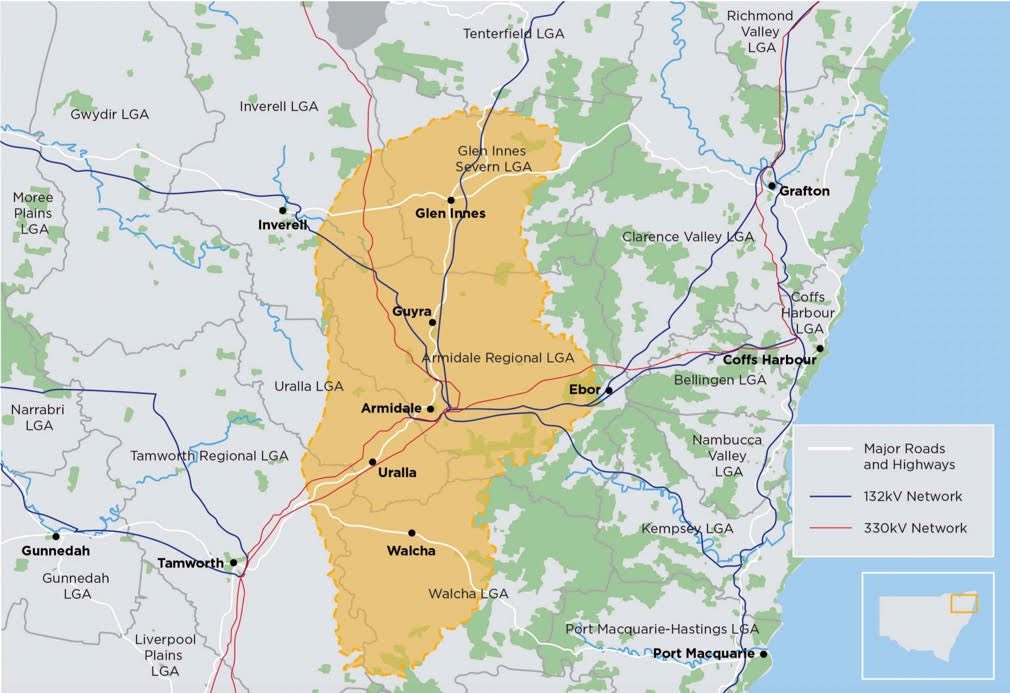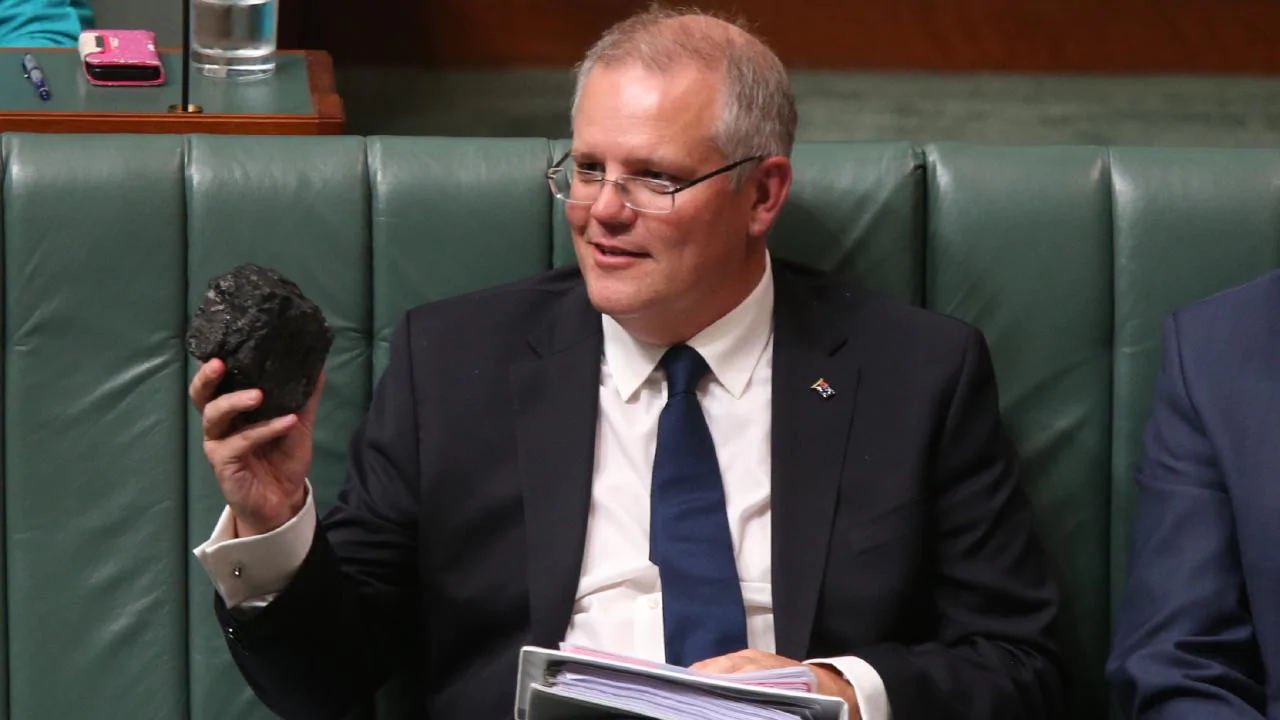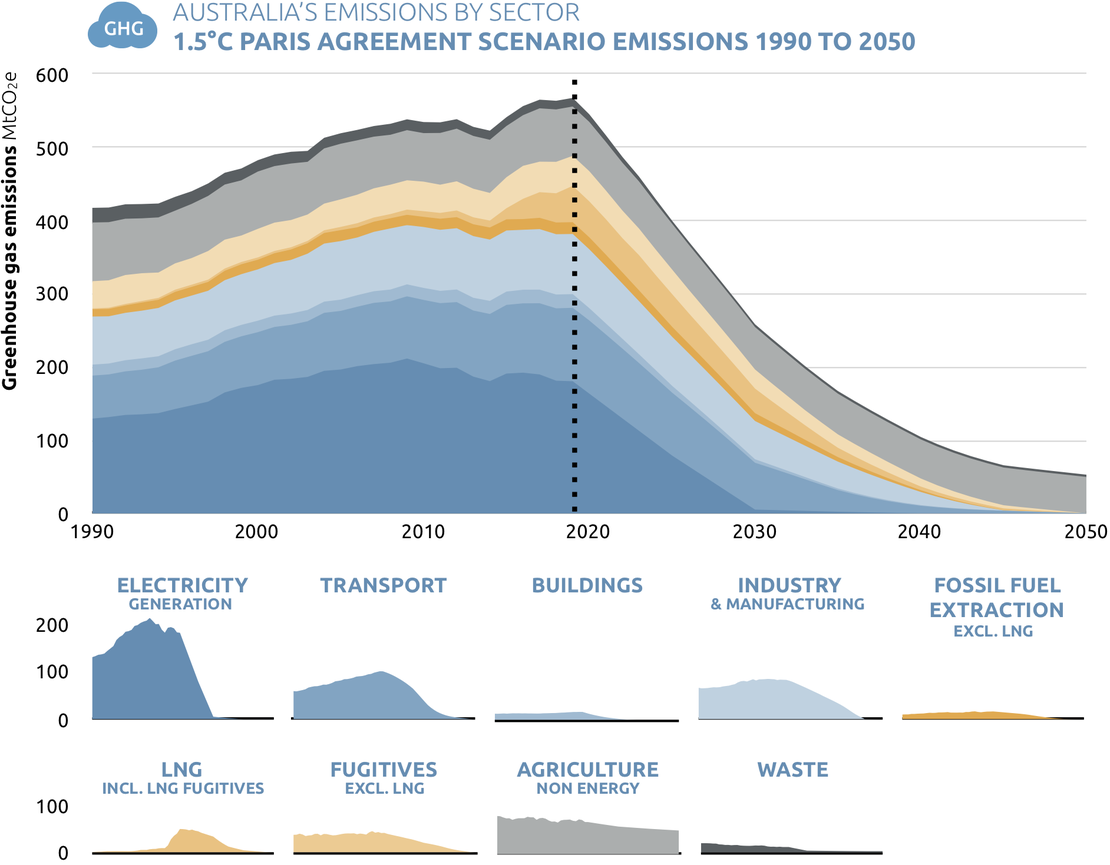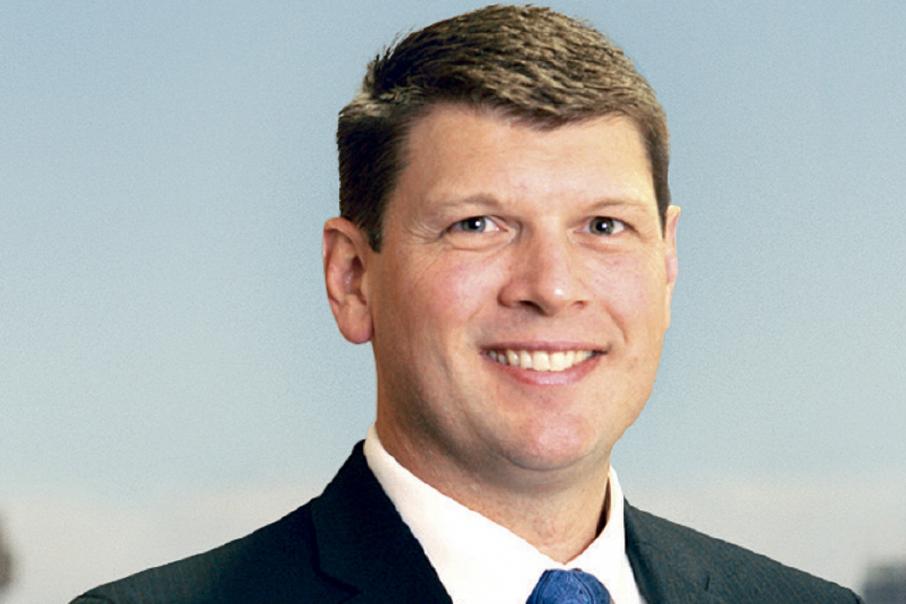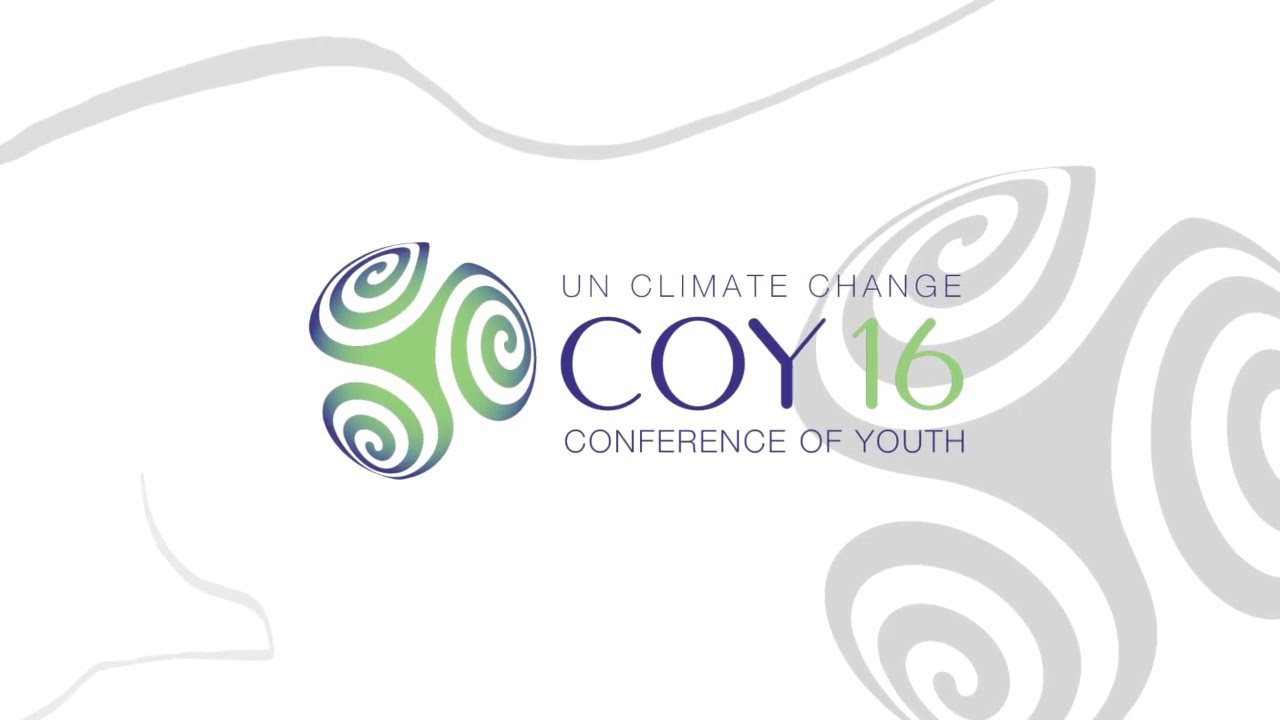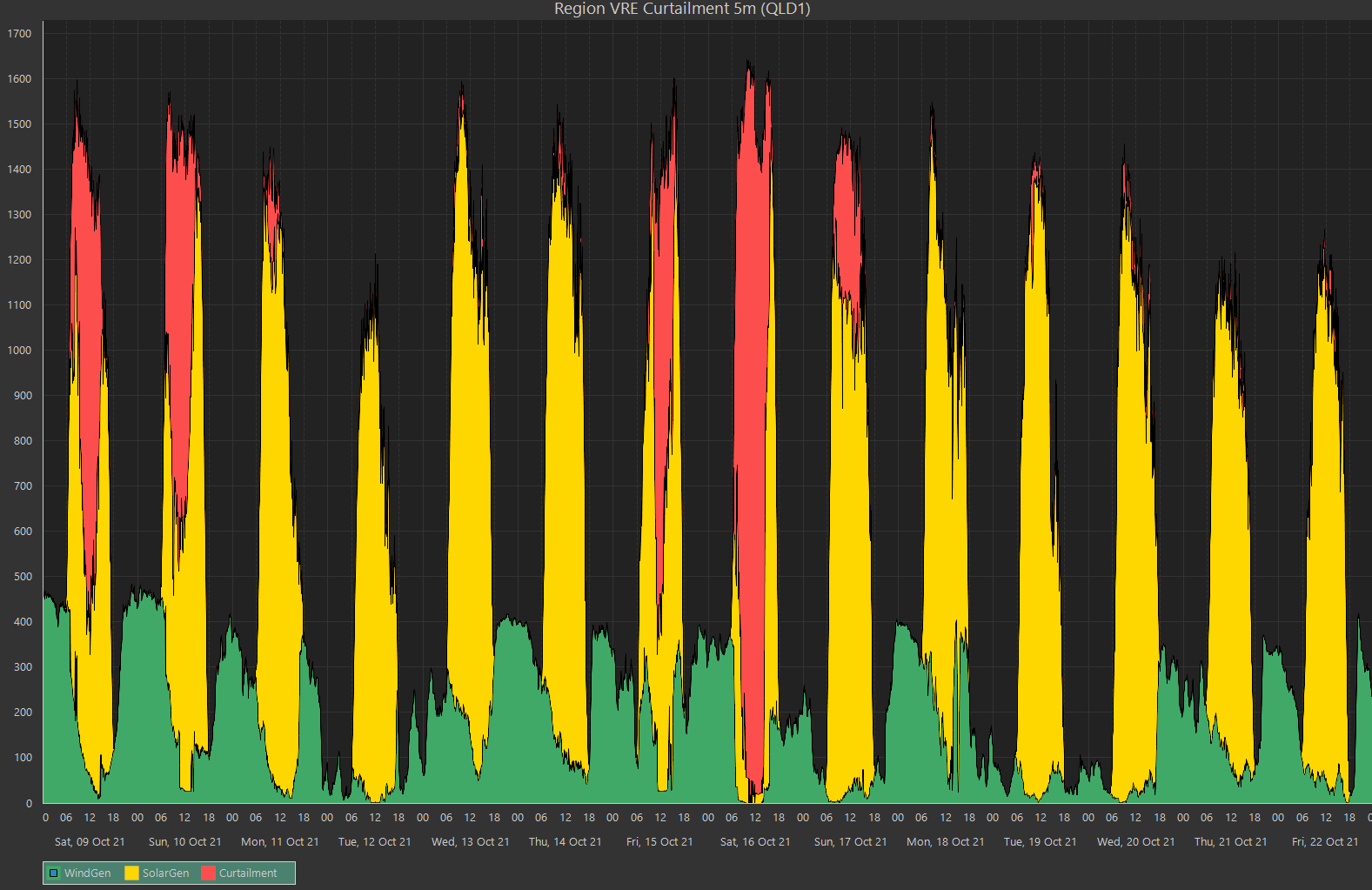Rain rain go away, come again another day. This is a nursery rhyme we are all feeling we can relate to at the moment.
As we shared with you in October La Nina has well and truly arrived, with the BOM finally declaring the climate driver to have arrived for the second time in as many years in the last week of November.
The phenomenon is already breaking records with many areas expected to experience the wettest November on record and some areas recording over three times their average rainfall. This was good news for the Wide Bay-Burnett areas which have benefited from these above average rainfalls after missing out during last year’s La Nina event.
The combination of the La Nina, a negative Indian Ocean Dipole (-0.34°C) and slightly warmer than usual sea surface temperatures anomalies as well as a positive Southern Annular Mode are all combining to ensure we are now experiencing the gumboot weather we are seeing in Eastern and Southern Australia.
So, will it change or going into Q1 should we all start reading Dr Seuss’ “I wish that I had duck feet” for tips to survive? As we spoke about in the last outlook the IOD is returning to a neutral position by Christmas. This leads to the monsoon troughs moving South over the Indian Ocean which in turn will prevent any real effects of this on the Australian Climate.
But before we all start reaching for the sunblock and thongs, we need to look at what else could affect us.
La Nina which is now fully established will not likely weaken before the start of February. Thus, the chance of the rainfall remaining above average in the North and East of Australia for the summer isn’t going anywhere. It is also the gift that keeps giving with higher-than-average chance of tropical cyclones and tropical lows over the summer, the first was established 3 weeks earlier than we expect the season to begin (Tropical Cyclone Paddy).
The Southern Annular Mode (SAM) is also remaining positive and unlikely to significantly weaken before January. A positive SAM will move our westerly winds further South towards Antarctica and in parallel with La Nina will increase the risk of higher-than-average rainfall into the start of 2022, especially in SE Queensland.
Temperatures (both daytime and evening) in most areas are expected to be above average. Daytime temperatures in SE Queensland may be below average but the evening temperatures will remain above average.
As the systems weaken into the new year Queensland will join most of the Eastern parts of Australia with higher-than-average maximum temperatures, (likely to be in the top 20% of those on record). However, with the increased rainfall so comes the humidity.
So will this be a Summer to remember – probably not but for those drought-stricken areas (especially in SE Queensland) it is a welcome deluge? Surely, we can’t get a third La Nina in a row next year, but for now, if the weekends turn nice for a day or two, expect the beaches to be as packed as a sardine in a tin!



